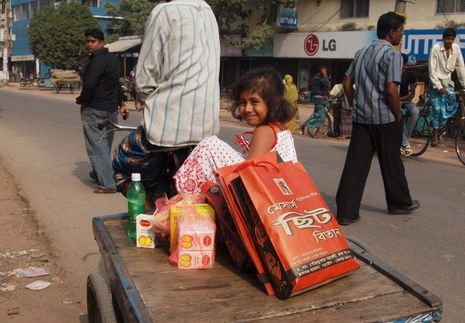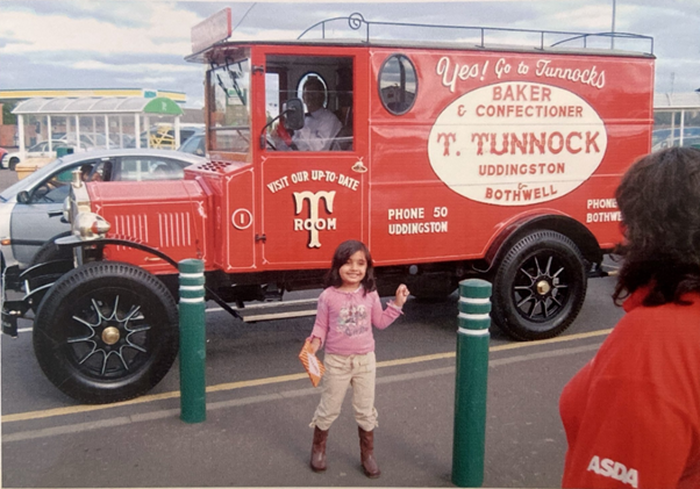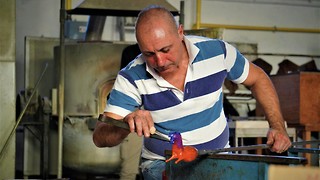What’s your coconut score?
How does one navigate internal cultural warfare as a second-generation immigrant? Aleena Islam writes on breaking the habit of labelling herself a ‘coconut’ — creating a whole new identity in this process

I peer into my friend’s circular metal tin, filled with spices I don’t recognise. I laugh awkwardly and ask him to tell me which spice is which, recollecting memories of my grandmother flinging yellow, red, and brown powders into some Bengali fish curry that I don’t remember the name of. He chuckles and shrugs, “I’m such a coconut, I have no idea what they’re all called,” he motions to the metal tin now sitting on the table, “my mum told me I’d need them.” Placing the lid back on the tin, he proceeds to put the tin on the top shelf of his kitchen cupboard and close its door.
Growing up, I considered myself the epitome of a ‘coconut’ — a colloquial term attributed to South Asians who possess western qualities and a lack of South Asian ones. Those who are ‘white on the inside but brown on the outside’. Attending rural, predominantly white, Christian private schools, and having very few Muslim, South Asian friends growing up, I didn’t know how to cook aloo bhuna, apply mehndi with a steady hand, nor do I wear a hijab or pray as regularly as I would like. Instead, I learned how to interact with my white, non-Muslim, middle-class peers, blending in with them to avoid drawing attention to our obvious differences.
“The dichotomy between the two personas was not blatantly obvious, but subtly noticeable”
I began creating two personas throughout my adolescent years. Aleena at home would flip the parathas in the pan with my mother and laugh at Shahrukh Khan movies with my father; another Aleena would go to the pub with my friends and giggle about nonsensical things that wouldn’t matter the next day. The dichotomy between the two personas was not blatantly obvious, but subtly noticeable. And it was wholly functional — at least until I came to Cambridge.
Almost every human on the planet has a desire to attain a sense of belonging. But achieving this at university was not as straightforward as I thought it would be. I would cringe at the prospect of clubbing with my white, British peers but also panic when other Muslims would suggest going to the mosque.
On one occasion, I had two social events in the same evening: one with my non-white Muslim friends, and then another with my non-Muslim white friends straight after. When getting ready, I was unsure of applying my usual bold lipstick colour, fearing that it would draw unwanted attention in the Muslim setting, but also that I’d look drab without it with my other friends who would be dressed up. I lifted the lipstick halfway to my mouth before dropping it again in doubt. And again. And again. I did this five times, jerking my arm like a broken wind-up toy, before hysterically laughing at my own ridiculousness and then proceeding to throw the lipstick across the room and burst into tears.
Safe to say, I went to neither event that night.
“Cultural identity [...] is fluid and complex and beautiful for each individual”
I began openly joking about my coconut label so much that my friend, when I bemoaned that I was too white to have a metal spice tin, suggested that getting one would lower my ‘coconut score’ by 20 points. I can’t say I’d heard of that one before. But from that moment on, I unintentionally began to define everything I did and how I behaved in relation to this coconut score.
Know the words to a Bollywood song from start to end with no help? Minus 10 points. Threw away an empty food plastic container that you could have stored and re-used at some obscure later date? Plus 20 points. Can understand a little Bengali? Well done! Minus 15 points. Study Classics? Oh dear, plus 70 points.
So, the higher the score, the whiter the inside of the coconut. And for many second-generation immigrants, the tendency to enumerate and crack jokes about your multi-cultural identity via a ‘coconut score’ – or simply the coconut label itself – easily becomes a method of coping with the hard-hitting reality that you truly belong to neither culture. At least, not fully.
The growing obsession with my coconut score convinced me that I needed a re-evaluation. I intended to simply act as a reinvented version of myself, a version that I could show to everyone no matter their cultural upbringing or the social setting. Obviously, this was easier said than done. But it was a much healthier outlook on my social life. I no longer felt deceitful or fraudulent to my friends, but instead felt like I could be myself (as cringe as that sounds), something I had not properly done since my childhood. I also avoided categorising people through binaries – brown and not brown, Muslim and non-Muslim – and I began to understand the complexities of other people’s cultural upbringings and backgrounds.
One’s cultural identity cannot be boiled down to a number or a score or a label. It is fluid and complex and beautiful for each individual, in a way that a score or label alone will never be able to express. I may feel too whitewashed amongst my non-white hijabi friends, and I may still feel uncomfortable around my non-Muslim friends when they’re drinking. But this inability to fully fit in with either culture creates a whole new identity that is unique to me, and me alone.
I would like to say that my coconut score and the perpetual labelling of myself as a coconut is now only a source of comedic relief among friends, but that would be flat out lying. I am not perfect enough to break a problematic habit that has been ingrained in me for almost a decade. Although, I like to think that I’m always in a state of trying to do so.
 Comment / The (Dys)functions of student politics at Cambridge19 January 2026
Comment / The (Dys)functions of student politics at Cambridge19 January 2026 News / Local business in trademark battle with Uni over use of ‘Cambridge’17 January 2026
News / Local business in trademark battle with Uni over use of ‘Cambridge’17 January 2026 Features / Exploring Cambridge’s past, present, and future18 January 2026
Features / Exploring Cambridge’s past, present, and future18 January 2026 News / Your Party protesters rally against US action in Venezuela19 January 2026
News / Your Party protesters rally against US action in Venezuela19 January 2026 Lifestyle / Seoul food19 January 2026
Lifestyle / Seoul food19 January 2026







